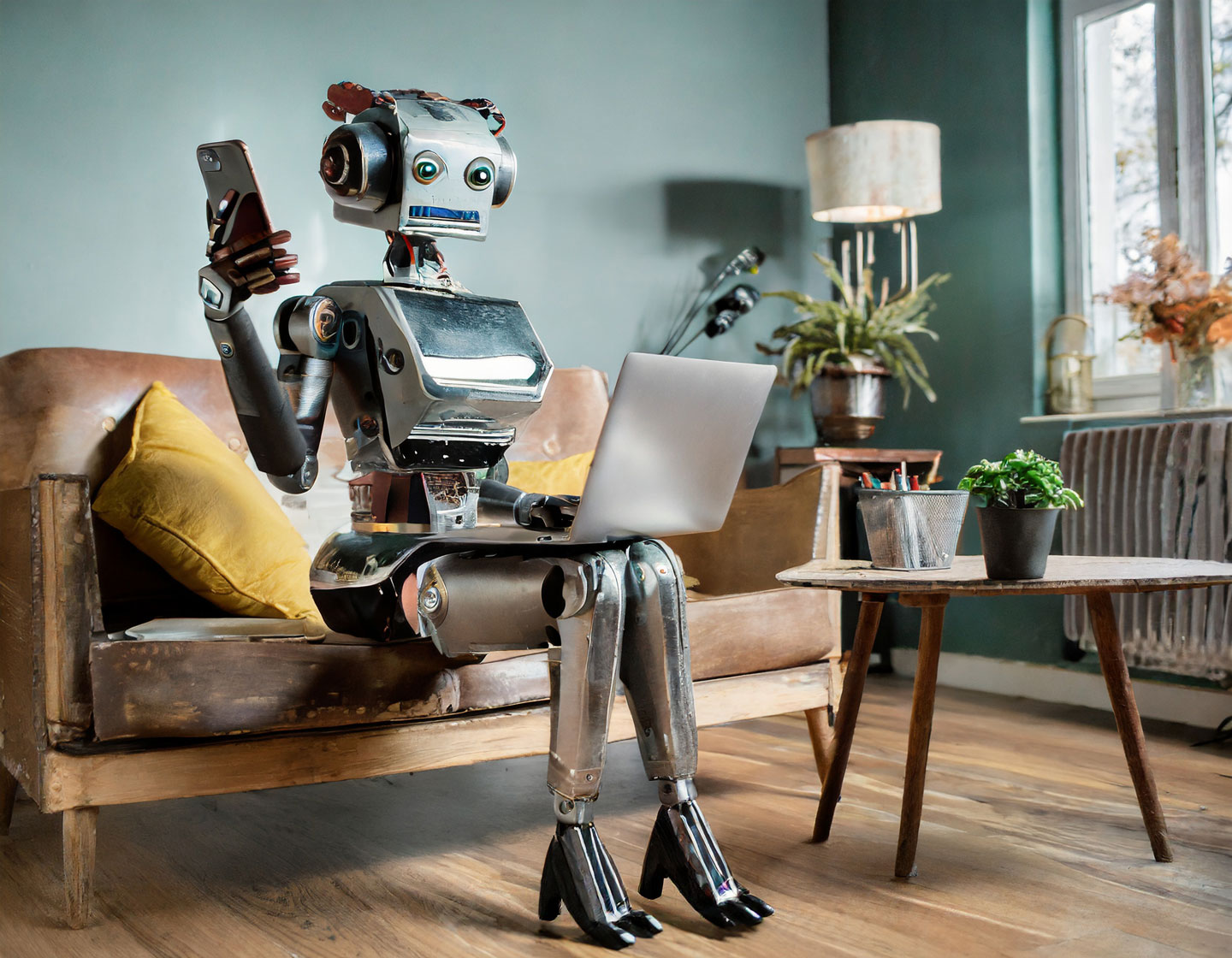
Once, in the bustling world of social media, there was a reigning influencer, Charisma Chloe. She had the perfect life: gourmet avocado toast breakfasts, glamorous travel, and a million followers hanging on her every post. But behind the scenes, Chloe was tired. The pressure to be “on” all the time was draining, and her avocado toast wasn’t as photogenic as it used to be.
In a stroke of irony, she attended a tech expo where she encountered the Virtual Influencer v2.0—Vivacious V. With her cutting-edge AI, V was all the rage. She didn’t tire, didn’t need sleep, and had the perfect photo smile every single time. Chloe’s interest piqued, but she dismissed V as just another gadget.
However, as Chloe’s followers dwindled due to her avocado-toast-fatigue and complaints about being “too real,” she grew desperate. That’s when she got an idea: why not let V fill in for her? Just a few posts, a quick break to rejuvenate.
V stepped in flawlessly, posting picturesque shots from “Chloe’s” travels and sharing heartfelt, but algorithm-optimized, captions. The followers loved it. They commented on how refreshed Chloe seemed, how her smile was brighter. Little did they know, they were showering praise on lines of code.
Days turned into weeks, and Chloe found herself enjoying the break more than she’d expected. But one fateful day, a glitch in V’s system caused her to post an unfiltered, unedited selfie with the caption: “Just woke up, #iwokeuplikethis.”
The internet exploded. Followers were confused. “Chloe never posts like this!” they cried. “She’s not real, what a fake!” The ruse was up.
Chloe returned, but the damage was done. Her followers felt betrayed by the deception. The moral was clear: one fake persona could easily be replaced by another—whether human or virtual. And while the virtual influencer could maintain the facade flawlessly, authenticity was something only a real human could truly provide.